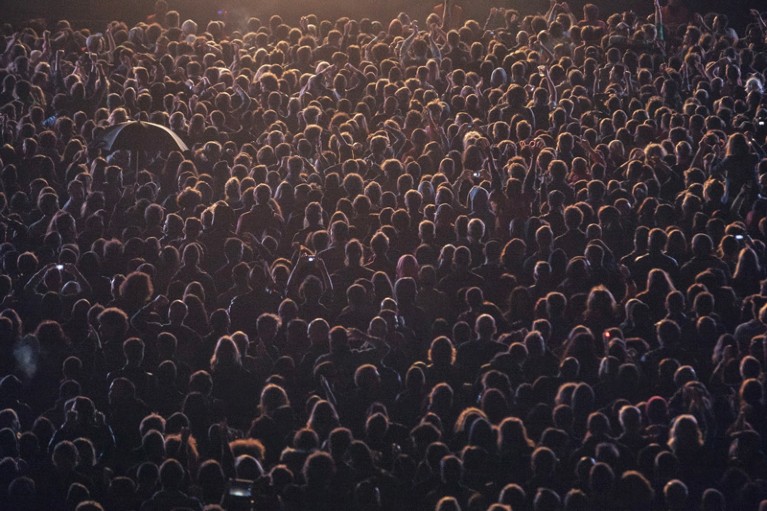
Group theory: international collaborations are at risk from geopolitical tensions.Credit: Getty
“The most important ingredient in making collaborations work is commitment: to producing research that is relevant, and to understanding many angles and perspectives.”
Yvonne Lewis and Richard Sadler make this point in a piece in this issue that describes how universities and community organizations worked in concert to find solutions to water contaminated with lead in Flint, Michigan. Their advice: spend less time and attention meeting metrics of performance, such as papers published and grants procured, and more time nurturing relationships.
How the COVID pandemic is changing global science collaborations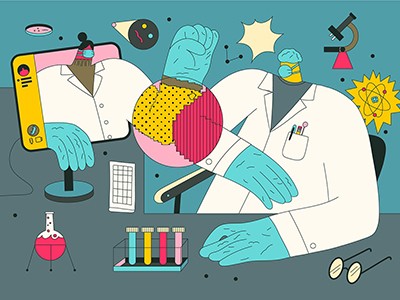
Yet that, as Anna Hatch at the San Francisco Declaration on Research Assessment explains, is hard, because many of the structures and mechanisms that evaluate and reward science are still those of the age of the lone scientist.
Recognition — the naming of labs, and the awarding of national-academy fellowships and Nobel prizes — is still given to individuals, often on the basis of individual, rather than collective, performance measures. Few Nobels have explicitly rewarded scientific and technological collaboration. Two notable examples — for climate change and nuclear non-proliferation — have been Nobel peace prizes.
This special issue of Nature shines a spotlight on collaborations in science today, particularly in the wake of the coronavirus pandemic. It reveals that such cooperation, although complex, is thriving in many ways. It is clearly essential, both to the progress of research and for the betterment of society. But, at the same time, international collaboration is under pressure, partly as a result of geopolitical tensions. And science’s historical conventions continue to hinder such team-based working.
The authorship rows that sour scientific collaborations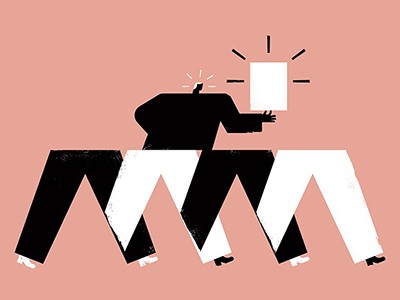
The pandemic has seen a host of inspiring stories of scientists stopping in their tracks and joining forces across borders and disciplines, whether to sequence viral genomes or describe protein structures and other features of SARS-CoV-2. In this issue, members of one of many such groups — those behind the COVID Moonshot project, which involves scientists scattered across continents — tell their story of pulling together to design antiviral drugs. They write of juggling spectrometers, chemistry hoods, computer models, courier companies and Zoom calls, and of an “inexhaustible wellspring of goodwill”.
Analyses of bibliometric data reveal that international collaborations were less common on COVID-19-related papers in 2020 than they were for research on other coronaviruses in previous years. Moreover, as the pandemic has progressed, papers in which the authors are all in the same country have occupied a greater share of the COVID-19 literature. Looking at 2020 as a whole, the rate of international collaboration for COVID-19-related science was similar to that for all recorded research.
A white-knuckle ride of open COVID drug discovery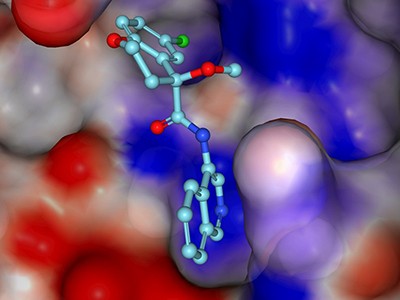
Indicators that some international collaboration is waning are evident when looking at data for China and the United States. The fraction of China’s international collaborations that involve US authors has been falling since 2017. Such trends are likely to continue if geopolitical tensions with the United States worsen.
That would be regrettable. Successful collaboration relies on trust and long-standing relationships, as researchers at Dunhuang Academy in China and the University of Oxford, UK, told Nature in a specially commissioned short film on their collaboration on heritage conservation. Team members at the two institutions are studying how climate and weather affect ancient structures at cultural heritage sites on the Silk Road route in northwest China, and how natural methods might be used to better protect such sites (J. Richards et al. Sci. Rep. 10, 16419; 2020).
Among other things, the film explores how the team members approach and resolve differences of opinion, including the order of authors on joint publications, because China and the United Kingdom have different conventions. Qinglin Guo at Dunhuang Academy says that they were able to reach consensus “because we have the same goal — which is to protect the cultural heritages which belong to all of mankind”. (Authorship disputes and other risks to collaboration are discussed separately in two articles.)
Community partnerships
Some collaborations involve more than bridging countries and disciplines. We feature two projects in which communities work in close partnership with university researchers. One is between Jason Paliau, now at the Papua New Guinea University of Resources and Environment in Rabaul, and a senior-school student, Sammy. The pair worked together to identify and count ants in Papua New Guinea’s lowland rainforest.
Community–academic partnerships helped Flint through its water crisis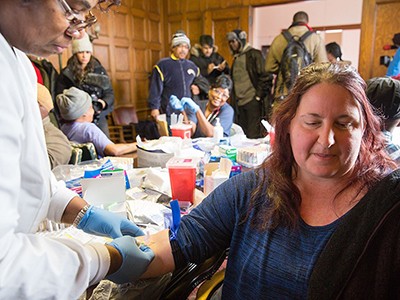
The other is the initiative created in Flint. Lewis is a community activist and now principal investigator at the Flint Center for Health Equity Solutions. Sadler is a geographer at Michigan State University. They draw lessons from how researchers and members of the community worked together to identify where diseases were concentrated. It’s a frank account that also flags the fact that some scientists discounted and overlooked ideas from communities, and raises the injustice of work that saves lives not necessarily meeting the ‘excellence’ criteria needed to progress in academic institutions.
These are clearly testing times for collaboration. The stories and data show that there is still some way to travel before all parts of the research enterprise recognize the true value of working across borders, cultures and disciplines.
Collaborations are essential — we need diverse teams to tackle global problems such as pandemics, and to help navigate social and geopolitical challenges. COVID-19 has provided a timely reminder that it can be done — and of the enormous rewards it can bring.
The metaphor ‘standing on the shoulders of giants’ has been much overused by scientists past and present. Today, such ‘giants’ are not only the investigators named on papers and project grants, but also every other participant in the research process. The future lies in standing on the shoulders of crowds.

 COVID has shown the power of science–industry collaboration
COVID has shown the power of science–industry collaboration
 How the COVID pandemic is changing global science collaborations
How the COVID pandemic is changing global science collaborations
 Community–academic partnerships helped Flint through its water crisis
Community–academic partnerships helped Flint through its water crisis
 A white-knuckle ride of open COVID drug discovery
A white-knuckle ride of open COVID drug discovery
 The authorship rows that sour scientific collaborations
The authorship rows that sour scientific collaborations
 ‘We need to talk’: ways to prevent collaborations breaking down
‘We need to talk’: ways to prevent collaborations breaking down
 Tapping local knowledge to save a Papua New Guinea forest
Tapping local knowledge to save a Papua New Guinea forest





